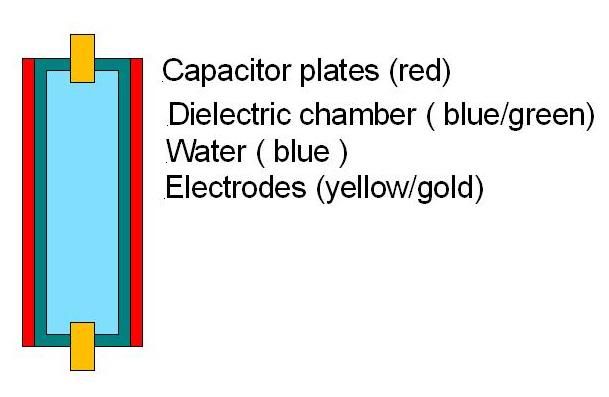Study Finds New Properties in Non-Magnetic Materials

A team of Penn State researchers has shown for the first time that the entire class of non-magnetic materials, such as those used in some computer components, could have considerably more uses than scientists had thought. The findings are important because they reveal previously unknown information about the structure of these materials, expanding the number of properties that they potentially could have. A material's properties, such as electrical conductivity and mechanical strength, are what determine its usefulness. The research will be published in the journal Physical Review Letters.
The non-magnetic materials that Gopalan and his colleagues studied were thought to have one of the 32 different crystal symmetries--called point group symmetries--known to exist in nature. On the other hand, magnetic materials have 90 different point group symmetries because their atomic particles have magnetic spins, which can be imagined as tiny loops of current. "Motion is an extremely important aspect of magnetism," said Gopalan. "Magnetism develops in nature as soon as charged particles start moving or spinning." 
Scientists long have believed that symmetry allows magnetic materials to have more properties than non-magnetic materials because flipping the direction of spin creates an additional symmetry. But Gopalan's team has shown that non-magnetic materials, theoretically, can have just as many properties as magnetic materials. According to Gopalan, some non-magnetic materials have groups of atoms that distort by twisting or rotating. This slight movement is equivalent to a tiny loop of current and is enough to give the material some additional properties that previously were thought to belong only to magnetic materials.

Scientists long have believed that symmetry allows magnetic materials to have more properties than non-magnetic materials because flipping the direction of spin creates an additional symmetry. But Gopalan's team has shown that non-magnetic materials, theoretically, can have just as many properties as magnetic materials. According to Gopalan, some non-magnetic materials have groups of atoms that distort by twisting or rotating. This slight movement is equivalent to a tiny loop of current and is enough to give the material some additional properties that previously were thought to belong only to magnetic materials.








 has shown us the missing piece of the puzzle
has shown us the missing piece of the puzzle
Comment